
Opening Remarks
Seeing this title, you probably think I'm exaggerating. Can gardening really be this simple? Can one hour really set up a year's worth of vegetables? Don't be too skeptical; let me explain. As a seasoned lazy gardener who started on my college dorm balcony and now tends to my small yard at work, I can responsibly tell you: gardening isn't as difficult as you might imagine!
Actually, many people want to grow vegetables at home. Who wouldn't want to pick fresh leaves while cooking? But when they see all the professional knowledge shared by gardening experts - things like soil pH and micronutrients - they get discouraged immediately. To be honest, I was the same way at first; just researching the technical terms gave me a headache. However, after five years of exploration, I finally found a gardening method suitable for lazy people. Today I'll share these experiences with everyone.
Choosing the Right Location
If you ask what's most important in growing vegetables, it's definitely sunlight, no question. This isn't just talk - I learned this lesson through a season of failures.
I remember when I first started gardening, I thought the big tree next to our balcony was great, thinking the shade would help protect the vegetables from sunburn. The results were predictable: the lettuce leaves grew small and wilted, completely different from the crisp ones in the supermarket. Later I learned that most vegetables are "sun lovers" - without at least 6 hours of direct sunlight daily, they're like people without food; they can't possibly grow well.
So how do you find the right spot? On weekends at home, become a "sunlight tracker." Starting at 8 AM, take a photo of your balcony or yard every two hours. By evening, you'll clearly see which areas get the most sunlight. I suggest doing this observation on a sunny day for better accuracy.
Also, when choosing a location, don't just focus on sunlight; think about watering convenience too. I made this mistake before, placing the vegetable garden in the farthest corner of the balcony. As a result, I had to carry the watering can a long distance every time, and eventually got lazy, leading to several plants dying from drought. So, make sure to choose a spot close to a water source, ideally where you can connect an automatic irrigation system.
If you live in a house with a yard, you need to be even more careful. The spot might get good sunlight now, but come summer, your neighbor's big tree might shade your garden. It's best to observe the sunlight changes through all four seasons to truly find the most suitable location.
Here's another tip: you can utilize wall reflections. I have a white wall next to my balcony, and in summer, the reflected sunlight helps my tomatoes grow exceptionally well. This was an unexpected bonus.
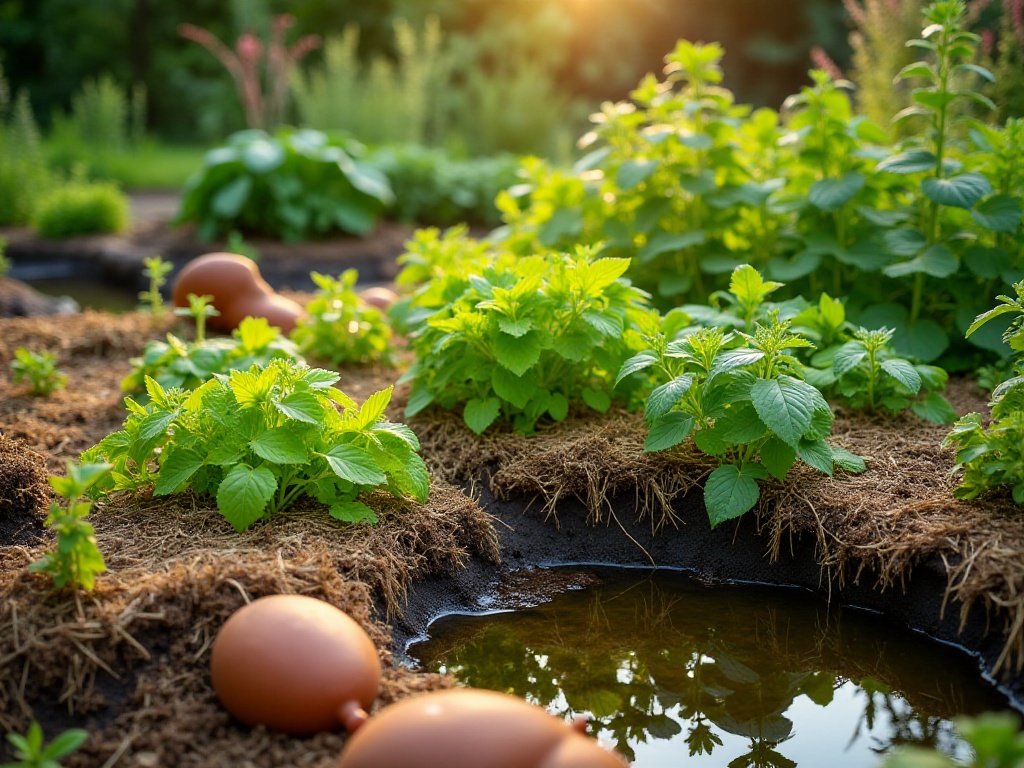
Soil Preparation
After location, let's talk about soil. This might be the most headache-inducing problem for many people. Those gardening experts online are always talking about testing soil pH and adjusting micronutrients, making people want to give up immediately.
Actually, it doesn't need to be that complicated. Just remember one simple formula: one-third regular garden soil (just dig it up from your yard), one-third leaf mold (decomposed leaves), and one-third worm castings. Mix these three ingredients thoroughly, and you've got a pretty good vegetable growing soil.
Speaking of this formula, I have an interesting story. When I first started gardening, I was a total "academic player." I researched tons of information online and almost used a scale to weigh soil components. After all that effort, the vegetables grew just okay. Later, when I got too lazy to bother and used this simple formula instead, surprisingly, the vegetables grew even better.
I want to specifically mention worm castings. Many people find the name disgusting, but it's just worm digestive products - odorless and very nutritious. The cherry tomatoes on my balcony grew especially well with this. At first, I went to the flower market to buy it, but later found it's more convenient and cheaper online.
If mixing your own soil seems too troublesome, buying potting soil is also a good choice. But don't go for the cheapest option - those have too few nutrients for plants to grow well. I suggest buying mid-range soil, usually around twenty or thirty dollars per bag, which is sufficient for ordinary home gardening.
Here's another time-saving tip: after harvesting one crop, don't throw out all the soil and remix; just add some new potting soil. This saves time and money, and the soil becomes more fertile over time.
If you find the soil becoming compacted, don't worry too much. I usually cover the soil surface with a layer of crushed leaves or grass clippings, which helps keep the soil moist and slowly turns into nutrients.
What to Grow for Minimum Effort
When it comes to choosing vegetables, this is my expertise. After five years of trial planting, I've stepped into every possible pitfall and finally summarized several vegetables most suitable for lazy gardeners.
First, let's talk about green onions - these are practically designed for lazy people. Just buy a bunch from the supermarket, keep the roots after eating, plant them in soil, and they'll grow. They're super easy to maintain - basically plant and forget. The green onions on my balcony have been alive for three years since planting; just cut what you need when cooking, and the rest keeps growing - it's like a "perpetual motion machine."
Most amazingly, these green onions seem to get thicker over time. They were thin when first planted, but now they're almost as thick as leeks. And their flavor is much stronger than store-bought ones, perfect for adding flavor to dishes.
Lettuce is also a good choice. It only takes about a month from sowing to harvest, and it's very easy to grow. If you're worried about planting too much to eat at once, you can learn from my method: sow some seeds every week to ensure fresh lettuce daily. I usually use a long planter divided into several sections, planting one section each week. This way, when the first section is harvested, the seeds in the last section are sprouting, creating a perfect cycle.
For the most rewarding experience, cherry tomatoes take the prize. Although setting up supports at the beginning is a bit troublesome, once they start fruiting, the yield is amazing. Last year I planted just four plants on my balcony, and they produced fruit from May to October. Every morning, the first thing I did was pick tomatoes, sometimes several pounds at once. When there were too many, I shared them with neighbors, who all said they tasted much better than store-bought ones.
If you have children, growing cherry tomatoes can help them experience the joy of gardening. The neighbor's kid loves coming to our balcony to pick tomatoes, saying they're the sweetest fruit he's ever eaten.
Besides these, bean sprouts are another perfect choice for lazy people. You just need to buy some mung beans and use a special sprouting container to grow fresh sprouts at home. It's super quick - ready in three to four days - with no need for fertilizer or pest control, making it the ultimate choice for lazy people.
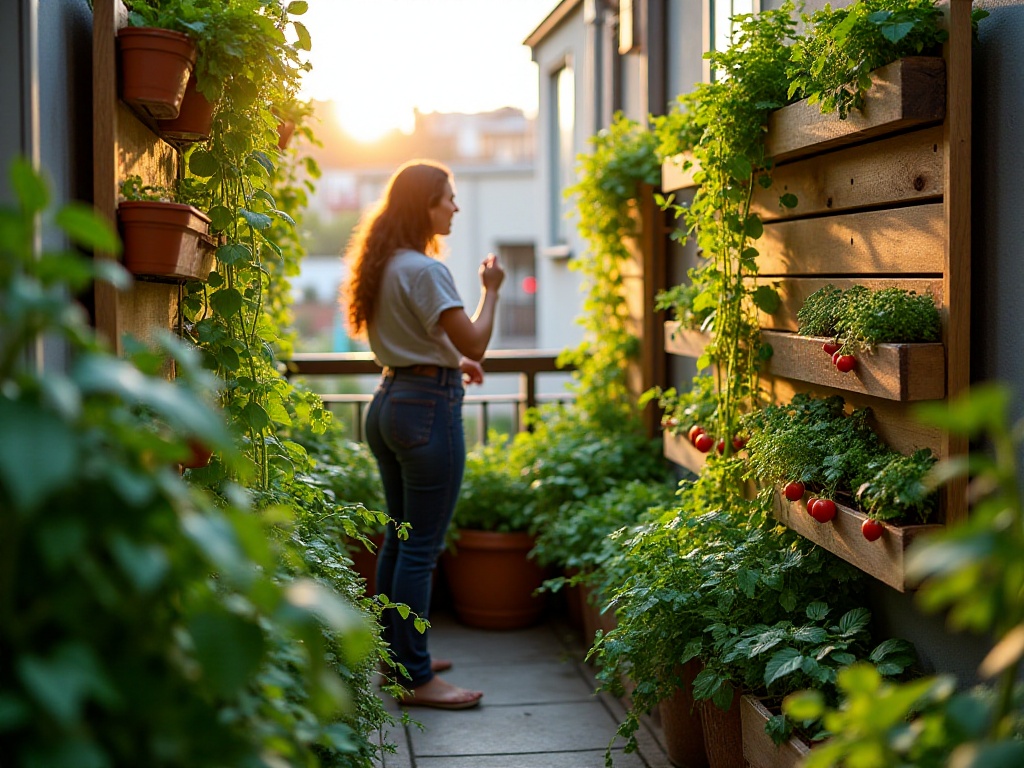
Time-Saving Tips
Watering is the most time-consuming part of gardening, but there are many ways to save effort. My top recommendation is an automatic irrigation system. You can easily find these online for just one or two hundred dollars, and they save you a lot of time.
I invented an even cheaper watering method: bury a plastic water bottle with small holes next to each pot. Fill the bottle with water, and it will slowly seep out for the plants to absorb. This way you only need to add water once a week, perfect for people who work late or travel frequently.
This method has another advantage: you won't overwater. Many people fail at gardening because they water too frequently, rotting the roots. With this method, that won't happen because the water seeps out slowly, and plants absorb only what they need.
Speaking of saving time, I should mention pest control. Rather than catching bugs every day, it's better to prevent them when planting. My secret is planting marigolds around the vegetable garden. These flowers aren't just pretty; they repel pests. Last summer, I barely had any pest problems thanks to this method.
Marigolds have another advantage: they bloom for a very long time. From spring to autumn, they not only repel pests but also beautify the environment. I often dry the flowers to make tea, which is supposedly good for the eyes.
Besides marigolds, mint is also a good choice. Mint's scent repels many pests, and it's also very easy to grow - basically plant and forget. The only downside is its strong reproductive ability, so you need to control its spread, or it will take over the entire pot.
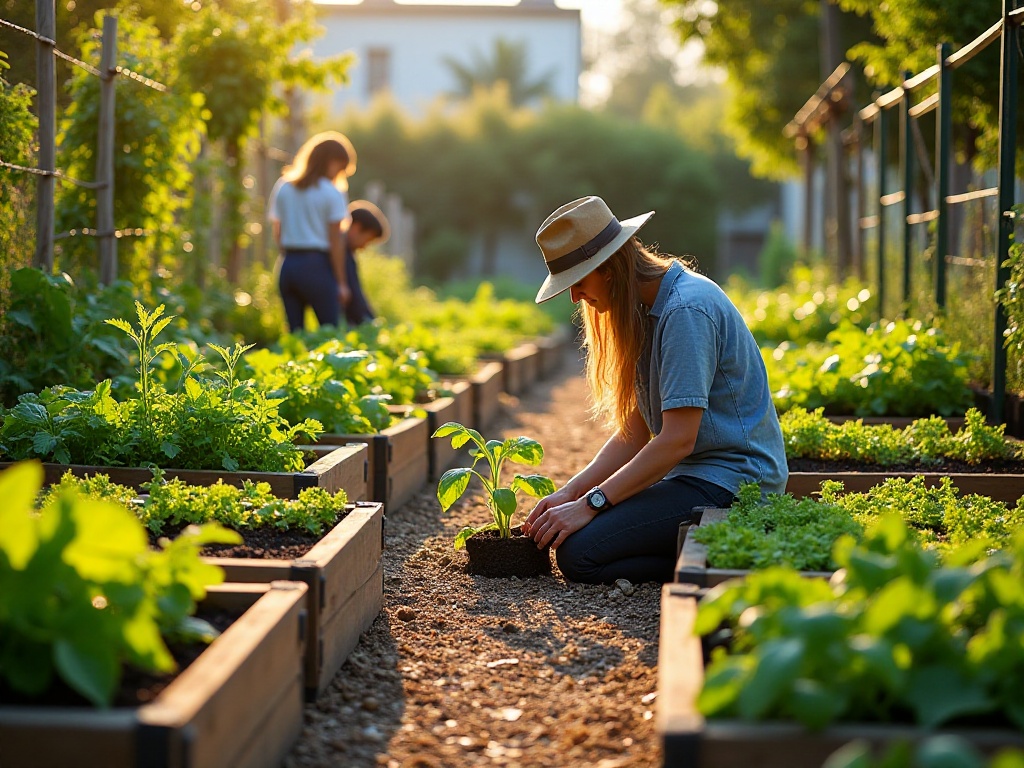
The Joy of Harvesting
After discussing all these technical aspects, you might ask: can such a lazy gardening method really produce results? I can proudly tell you: not only can it produce, but it produces quite well.
Last summer, using this lazy gardening method, I grew enough vegetables for a family of three on a balcony less than 10 square meters. Every day after work, I could pick some lettuce leaves, cut some green onions, grab a few cherry tomatoes, and make a fresh salad. The taste was definitely ten times better than store-bought.
The most touching part is watching the seeds sprout, grow, flower, and fruit. I remember when I first discovered a tomato flower on the balcony, I was as excited as if I'd won the lottery, and even took photos to show off on social media. When the first tomato ripened, I stared at it for half an hour before gathering the courage to pick it.
Gardening has changed my lifestyle. Previously, I'd just lie on the couch scrolling through my phone after work, but now I always take a walk on the balcony to check on the vegetables. On weekends, instead of staying inside playing games all day, I spend some time weeding and fertilizing the garden.
The most unexpected gain was meeting like-minded friends. When I shared gardening experiences in the community group, I discovered many others in the complex were also growing vegetables. We often exchange tips, share seeds and plants, forming a harmonious little community.
Getting Started
Reading this far, aren't you feeling motivated? Actually, now is a great time to start. You don't need to plant a lot at once; start with something simple. I suggest beginning with lettuce because it has a short growth cycle and you can see results quickly.
Remember, growing vegetables isn't about becoming a farmer; it's about making life more meaningful and healthier. Doing the most meaningful things with minimal time - that's the smart choice for us lazy people.
Vegetable gardening can be both difficult and simple. The difficulty lies in persistence, but the simplicity comes from mastering the tricks - it really doesn't take much time. The most important thing is to take action; you'll never experience the joy of harvest if you only read about it without trying.
So, are you ready to start your gardening journey? Trust me, once you taste your first home-grown vegetable, you'll definitely fall in love with this feeling!
Next
After 3 Months of Completely Changing My Diet, I Found My Quality of Life Improved by 80%
A comprehensive guide to healthy living, covering balanced nutrition principles, regular exercise routines, and essential wellness maintenance methods to help establish scientific eating habits and a healthy lifestyle
Beginner's Guide to Balcony Gardening: Creating Your Urban Garden Dream from Scratch
A comprehensive guide covering gardening basics, soil maintenance, plant care techniques, and practical gardening tips to help beginners create and maintain a healthy garden while mastering essential cultivation methods
Growing a Garden on My Balcony: 20 Essential Tips for Beginner Vegetable Gardeners
Explore practical gardening techniques covering garden space planning, seeding methods, sustainable practices, and tool management, helping gardeners optimize planting space, protect seedlings, and maintain gardens in an eco-friendly way
Next
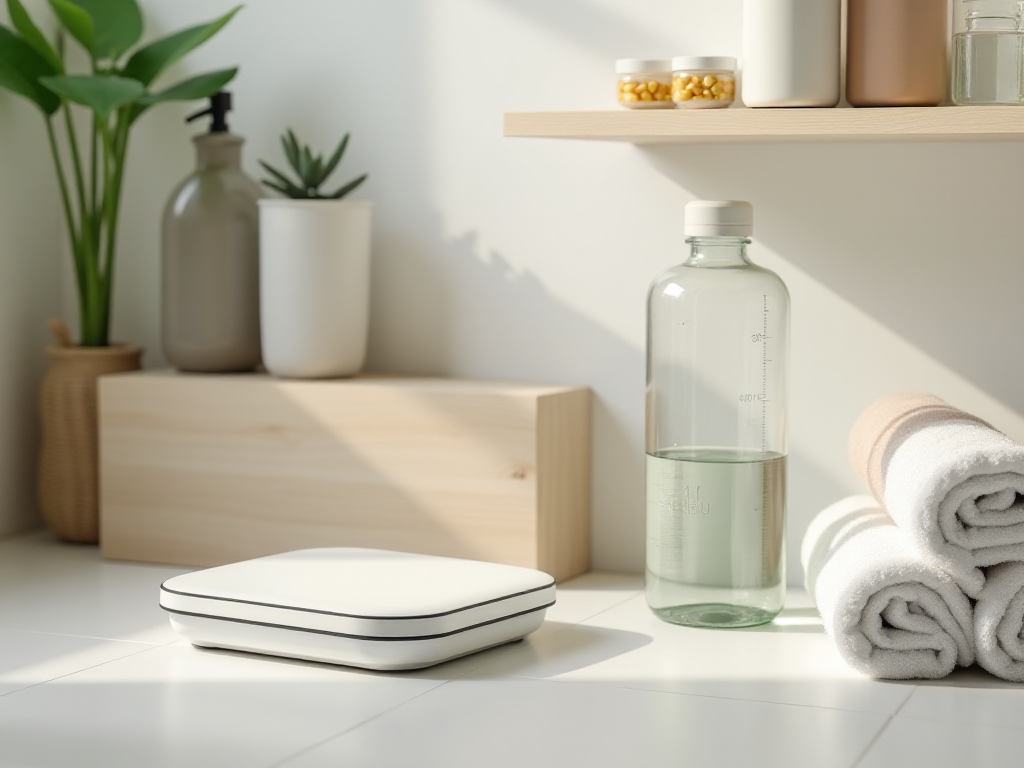
After 3 Months of Completely Changing My Diet, I Found My Quality of Life Improved by 80%
A comprehensive guide to healthy living, covering balanced nutrition principles, regular exercise routines, and essential wellness maintenance methods to help establish scientific eating habits and a healthy lifestyle
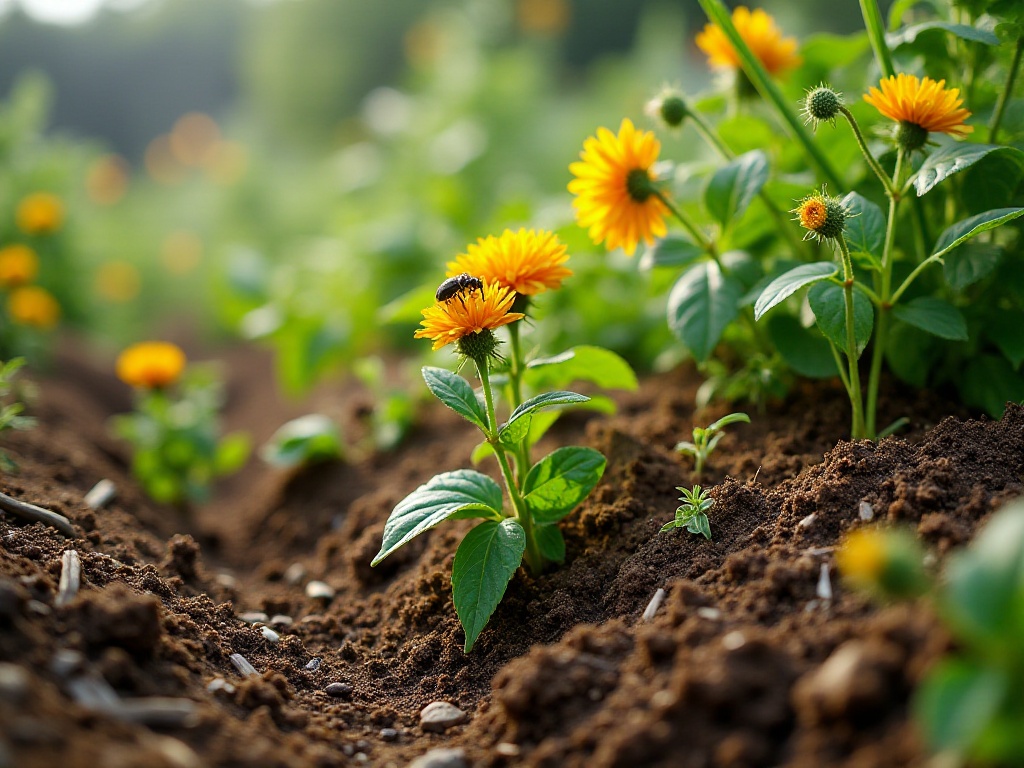
Beginner's Guide to Balcony Gardening: Creating Your Urban Garden Dream from Scratch
A comprehensive guide covering gardening basics, soil maintenance, plant care techniques, and practical gardening tips to help beginners create and maintain a healthy garden while mastering essential cultivation methods
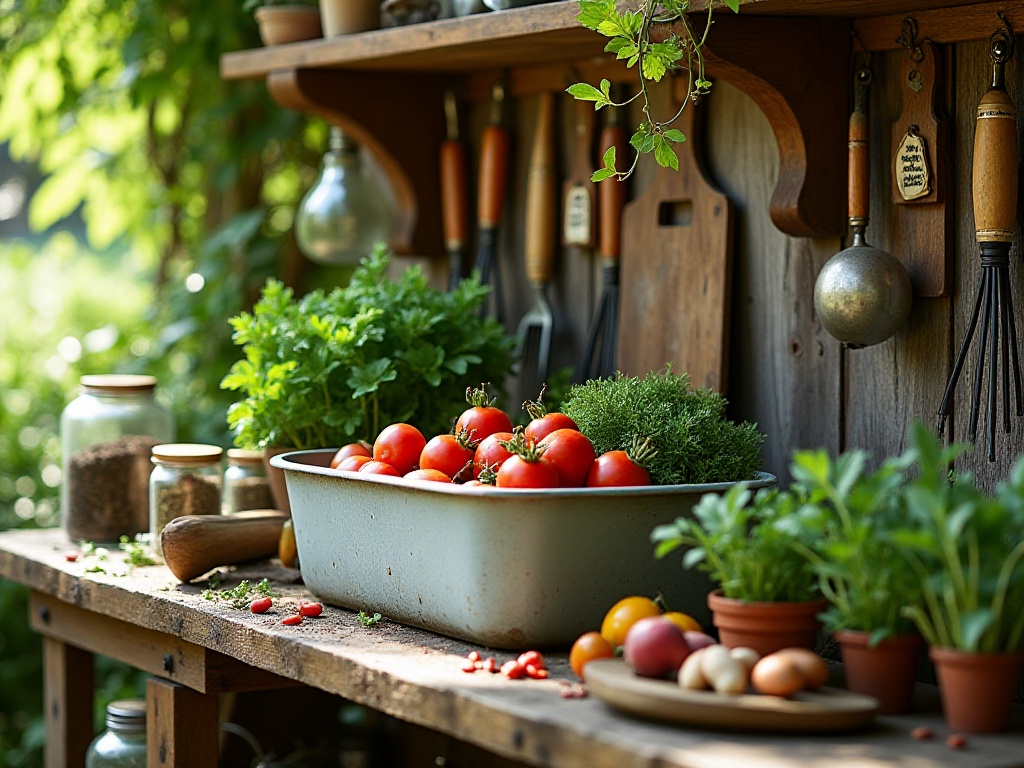
Growing a Garden on My Balcony: 20 Essential Tips for Beginner Vegetable Gardeners
Explore practical gardening techniques covering garden space planning, seeding methods, sustainable practices, and tool management, helping gardeners optimize planting space, protect seedlings, and maintain gardens in an eco-friendly way

